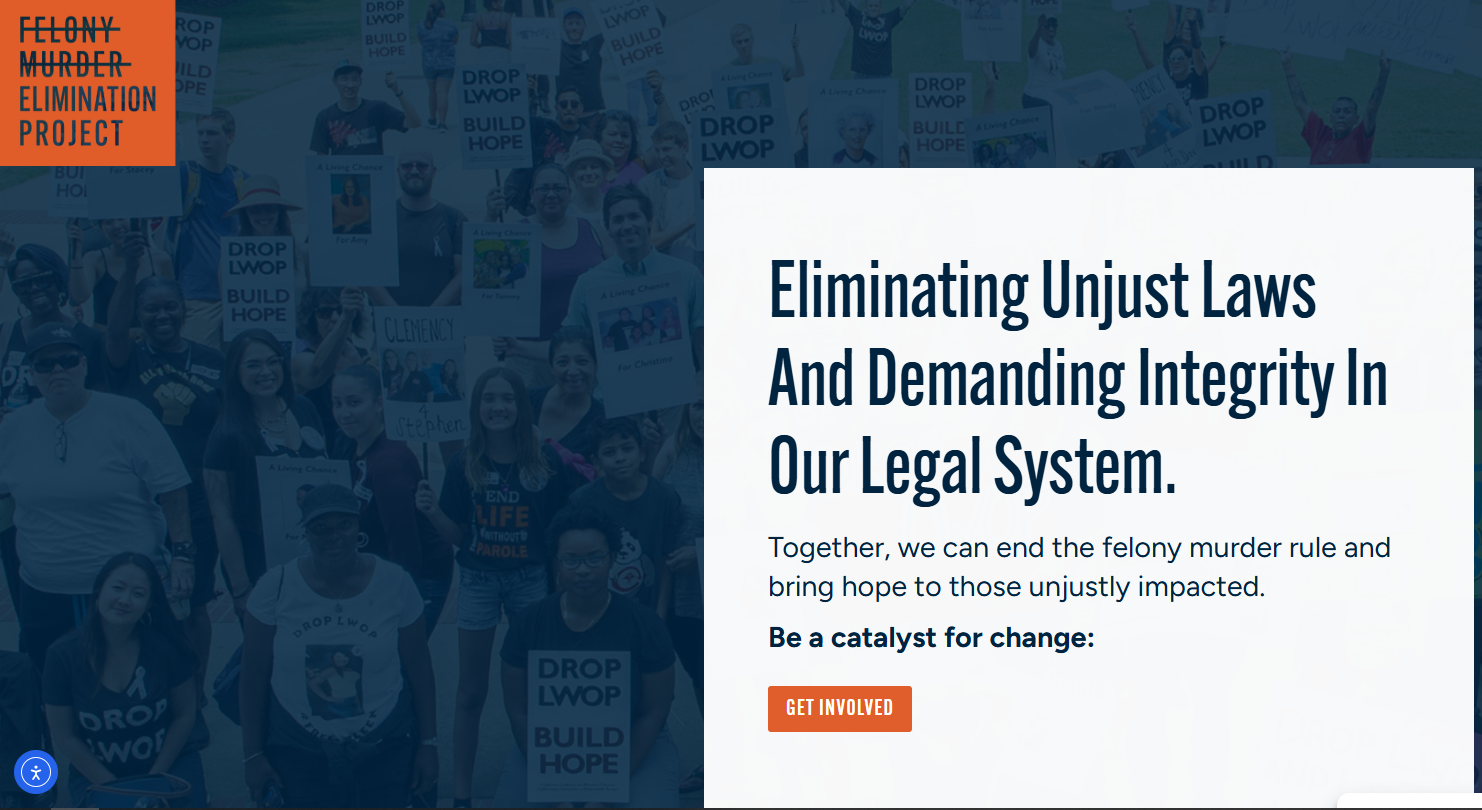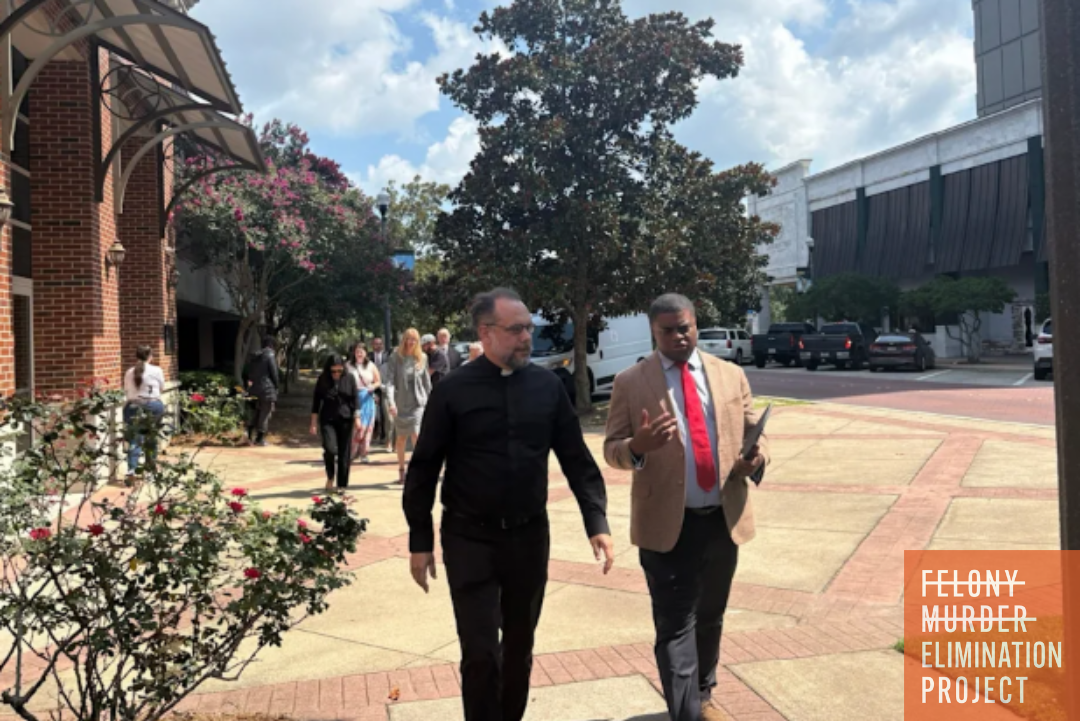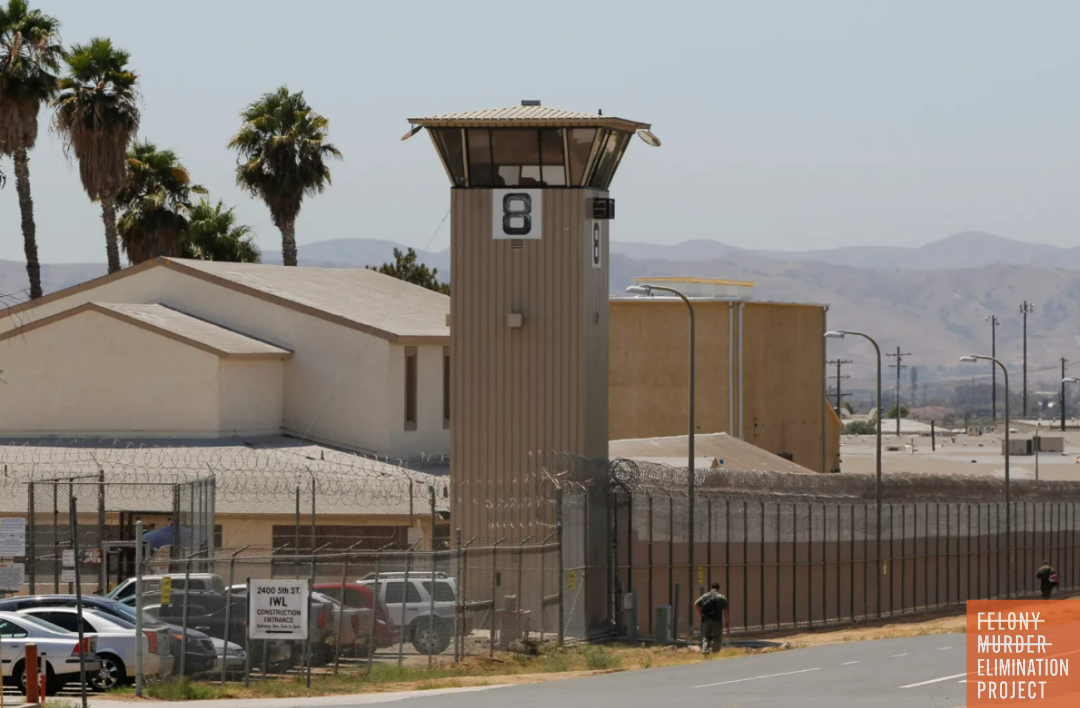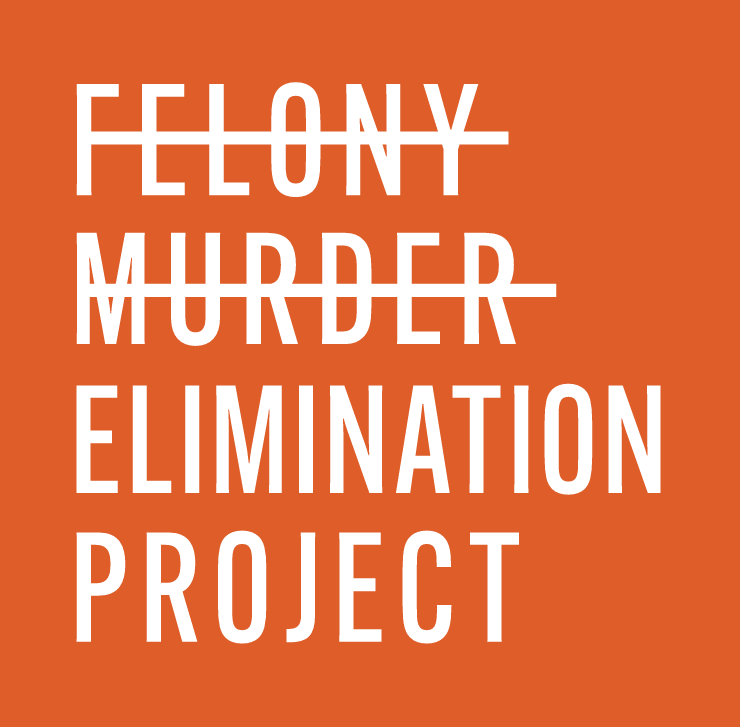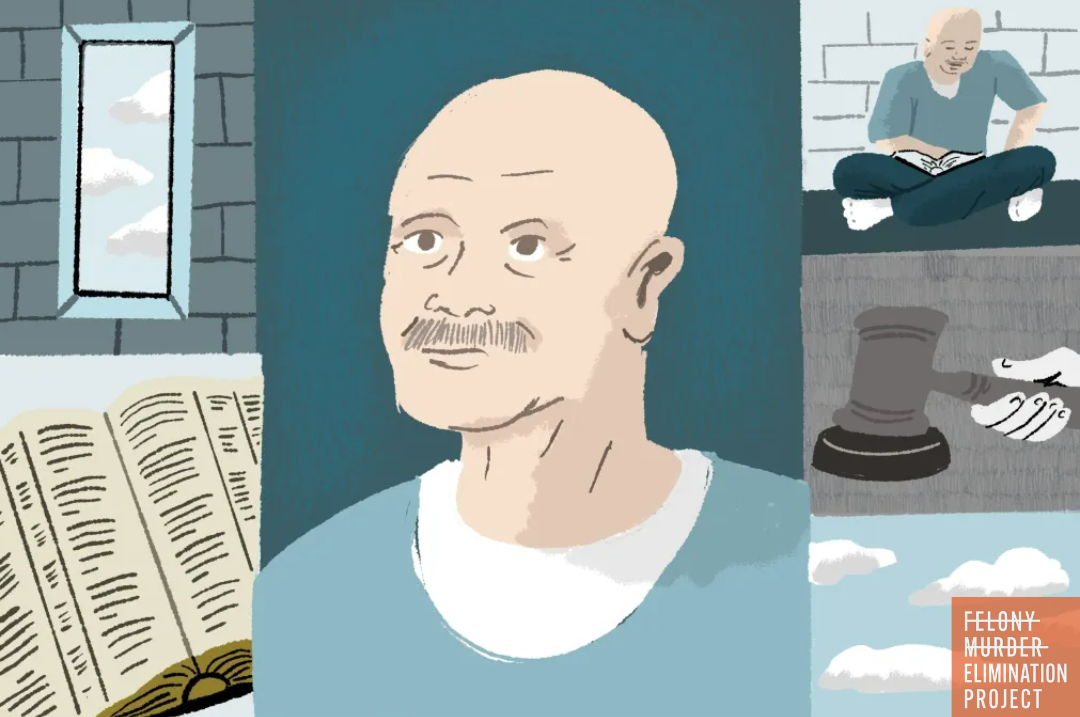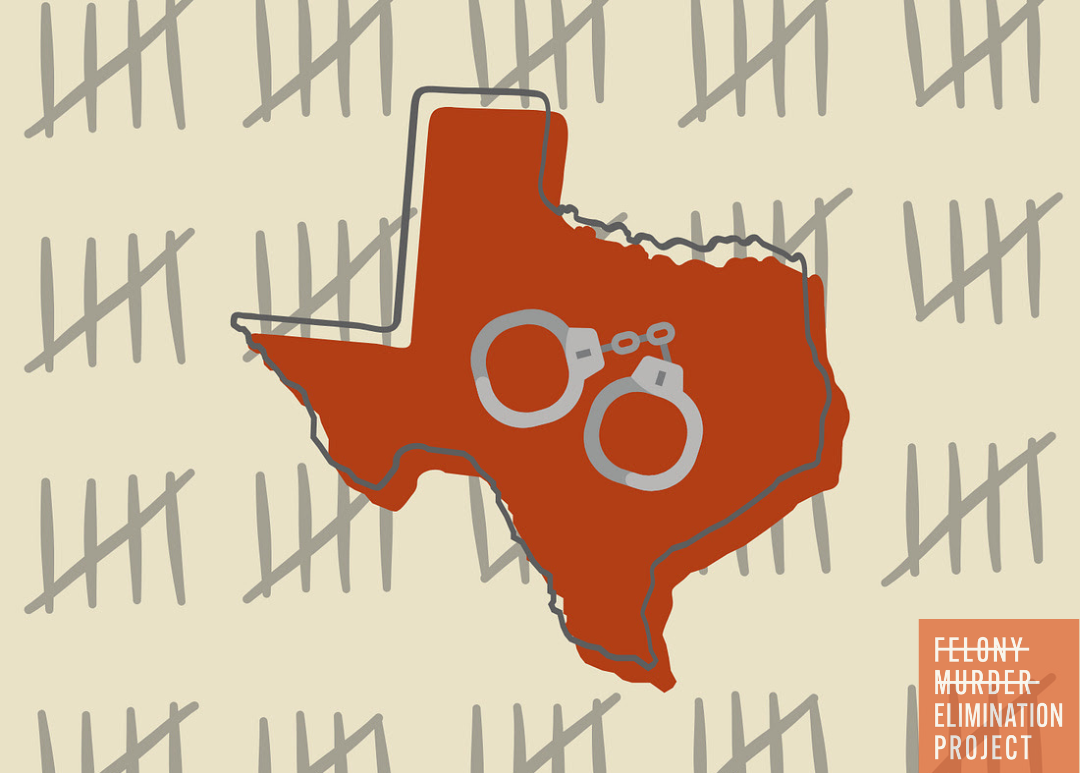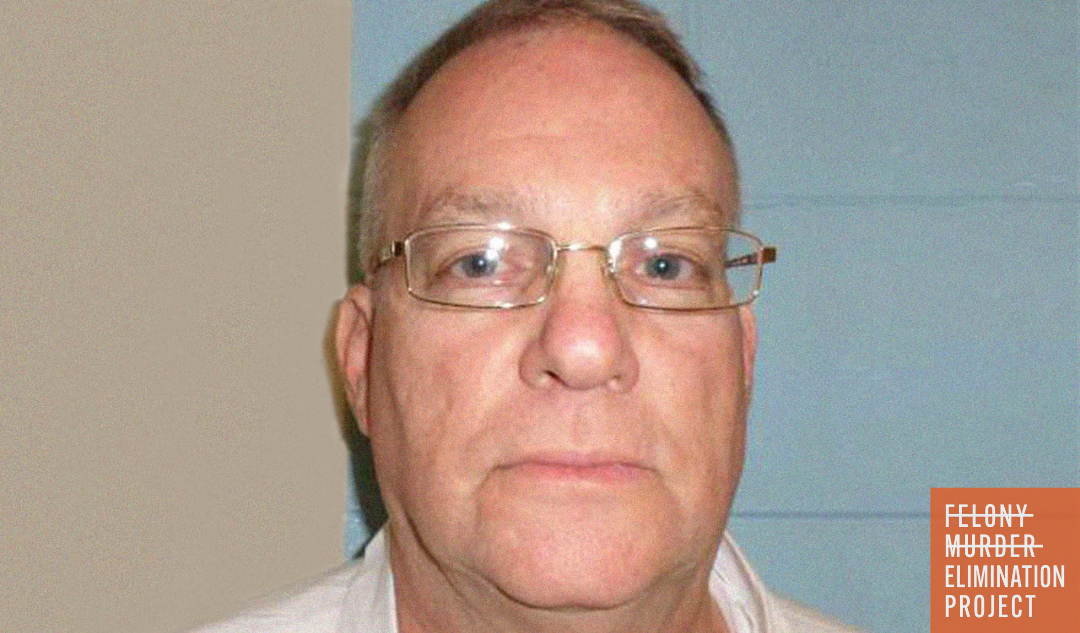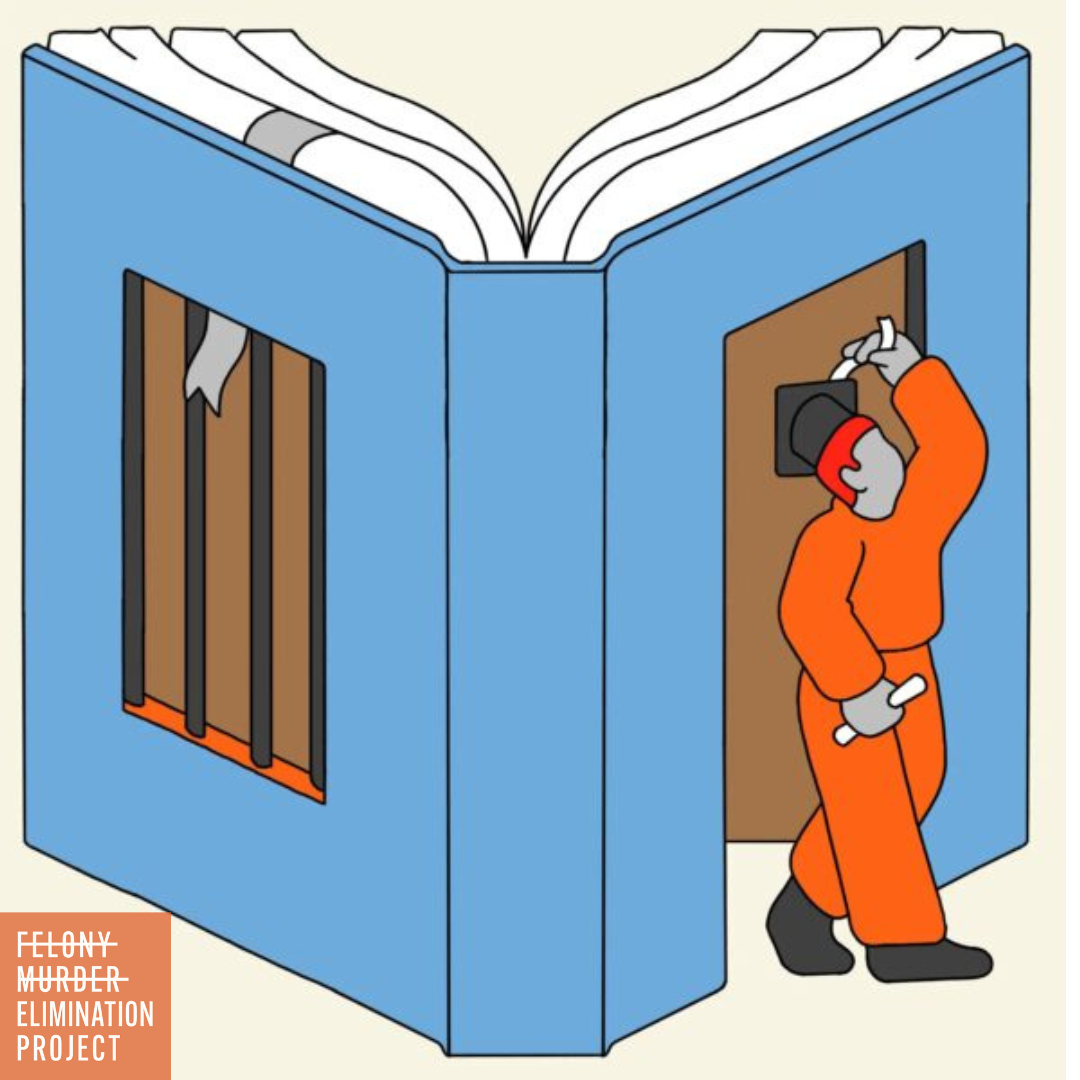Life After Prison - Providing Medicaid at Re-Entry
Formerly incarcerated people 12x more likely to die than general population

Incarceration is a major social determinant of health, and the health care needs of people who are incarcerated in the United States, including needs related to mental health, substance use disorders, and chronic conditions such as asthma, diabetes, and heart disease, are high. This increased need continues after people are released. According to a March 2022 report from the Council on Criminal Justice, in the period following release from jail or prison, formerly incarcerated people are 12 times more likely to die than are other people from causes that include heart disease, homicide, suicide, and cancer. Rates of death from overdoses are extremely high in the period immediately following incarceration.
For some groups, the risks persist over the long-term. Recent longitudinal research found higher mortality among Black people who had been incarcerated than among other groups, suggesting that incarceration may be associated with lower life expectancy for Black people in the U.S. Rates of hospitalization also are higher for recently incarcerated people than they are for other individuals. In recent years, the opioid epidemic and the COVID-19 pandemic have highlighted the acute need for robust medical services for people in America’s prisons and jails, and those returning to the community after incarceration.
The prison-to-community re-entry process is filled with well-known obstacles such as homelessness, unemployment and fractured community support. Those are exacerbated by another daunting, and sometimes lethal, challenge; an interruption in health care. Once released from jail or prison, formerly incarcerated persons lose medications for the health conditions that were being treated, and reestablishing prescriptions, supportive care and health coverage is a slow and frustrating process.
A bipartisan bill in Congress would permit Medicaid coverage 30 days prior to release, but many states aren’t waiting. In January, California became the first to receive a waiver allowing it to use Medicaid, the health insurance program for Americans with low incomes, to cover certain services for people near the end of their incarceration. New York and 14 other states are seeking similar waivers, and this month the federal government issued long-awaited guidance on the process. That critical step has intensified optimism that in many parts of our country, people leaving prison will finally receive the care they need during the perilous reentry phase.
However, states still face multiple landmines and resistance as they translate policy into reality on the streets. If we don’t support the good ideas with sufficient funding, smart planning and strong execution, it could all just flatline.
You can read and download the report titled "Medicaid and Reentry; Policy Changes and Considerations for Improving Public Health and Public Safety" from the Council on Criminal Justice, a a nonpartisan criminal justice think tank and national invitational membership organization. Its mission is to advance understanding of the criminal justice policy choices facing the nation and build consensus for solutions based on facts, evidence and fundamental principles of justice.

